As of March 3rd of 2025, the BSC Assay laboratory changed the BSC Certification requirements for Azure B.
Test Current Requirement Old Requirement
| Test | New Requirement | Old Requirement |
|---|---|---|
| UV-Vis (nm) | 645 - 649 | Same |
| R Ratio | 1.02 - 1.18 | Same |
| Quantitaion Minimum | 80% | 89% |
| HPLC Azure B Component | 70% | Majority of Azure B |
UV-Vis 645-649 nm
1.02-1.18 R ratio
Quantitation Minimum 80% (Updated from a Minimum 89%)
HPLC Thiazine Components Azure B Minimum 70% ( Updated from a “Majority of Azure B”)
Blood Smear stain Blue Nuclei with cytoplasm red to blue.
Erythrocytes orange-red.
Nocht’s stain Blue Nuclei with cytoplasm red to blue.
Erythrocytes orange-red.
Cartilage matrix reddish violet.
In February of 2025, a sample of Azure B was submitted that was below the minimum dye content even though the Azure B thiazine component percentage was greater than 70%. Azure B is a thiazine which includes the stains Methylene Blue, Azure A, Azure B, Azure C, and Thionin. Looking at past submissions revealed that 6 of the last 11 BSC Certification submissions of Azure B failed due to low total dye content below the BSC Minimum requirement of 89%. The histological staining for these samples was satisfactory in all cases as evaluated by fresh peripheral blood smear staining and Nocht’s bone stain method using human bone tissue. Of these submissions, only one sample was below a total dye content of 80%, which is the same dye content currently required for Azure A. The BSC Certification requirements for Azure B have been changed to require a minimum total dye content of 80%. The Sigma Aldrich Handbook of Stains, Dyes, and Indicators by Floyd Green makes reference to Azure B direct synthesis having an Azure B thiazine content of 90%, with Methylene Blue, Azure A, Azure C and Thionin comprising the rest. None of the samples submitted to the laboratory have had this content. Thus, it was assumed that Azure B is still manufactured using oxidative demethylation of Methylene Blue. Azure B samples have always been desired to have a majority of Azure B thiazine percentage. The old BSC Certification requirements were based off of direct synthesis requirements which was not indicative of the samples the BSC Assay Laboratory has currently been receiving. However, consult from a manufacturer confirmed that the direct synthesis method for Azure B production is actually what is being used today. Based on the currently used direct synthesis methods these are the actual dye percentages that are achieved. Thus, there is a discrepancy between the literatures cited Azure B content of 90% and the actual samples being submitted to the laboratory for BSC Certification. The previous BSC Certification requirement of Azure B having a “mostly Azure B” is outdated. It was based off of an older TLC testing for thiazine components the BSC used which was not capable of quantitating percentages. An HPLC procedure is currently used to measure the percentages of the thiazines. From data of past sample submitted to the BSC Assay Laboratory, the new BSC Certification requirement has been updated so that the Azure B sample must contain at least 70% Azure B component percentage.
